As technology continues to advance at a rapid pace and consumer behavior evolves, businesses must stay ahead of the curve to effectively engage their target audience and drive meaningful results. From artificial intelligence and voice search optimization to privacy-conscious advertising and immersive experiences like augmented reality, these trends are set to revolutionize the digital advertising landscape.
The digital advertising landscape is buzzing with fresh ideas and cutting-edge strategies that are guaranteed to keep us on our toes. In this blog, we’re diving headfirst into the top 10 digital advertising trends that will be rocking the industry in 2024. So, grab your favorite beverage, find a cozy spot, and get ready to be inspired. Together, we’re going to unravel the captivating world of digital advertising trends in 2024. Let’s dive in!
Artificial Intelligence (AI) Integration
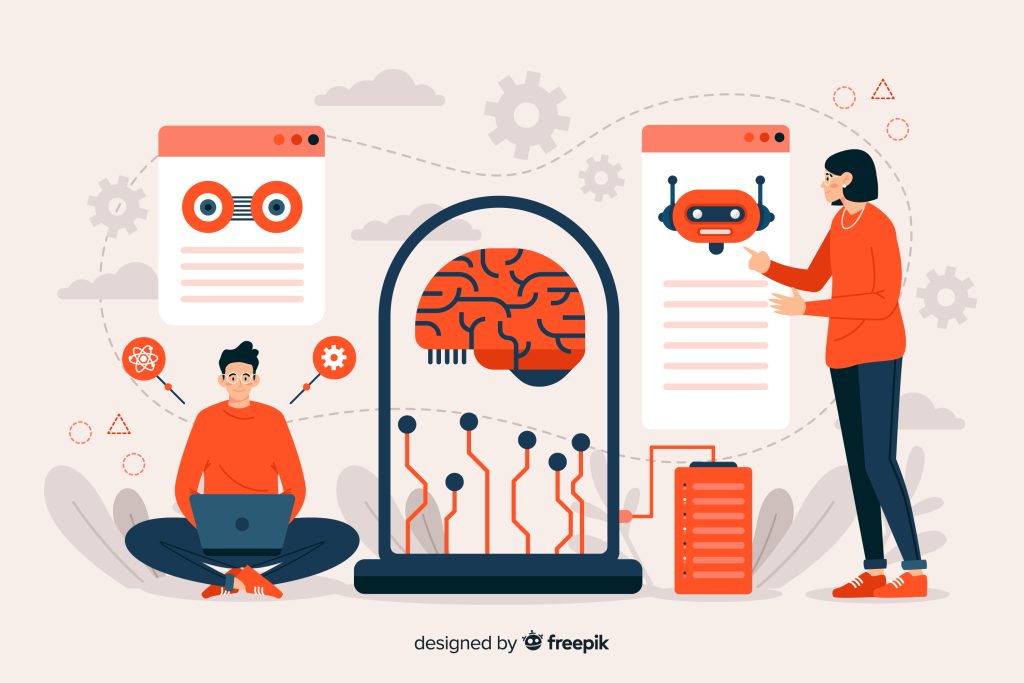
In the ever-evolving realm of artificial intelligence (AI), 2022 brought forth a plethora of remarkable examples showcasing the potential of AI-based marketing. One standout sensation was none other than the viral sensation, DALL-E. This ingenious AI tool took the digital world by storm, utilizing text prompts to generate awe-inspiring images. Just imagine the possibilities! Digital marketers could bid farewell to mundane stock photos and instead harness DALL-E’s artistic prowess to create captivating illustrations for their blog articles and landing pages.
But that’s not all! Another beloved AI gem that captured the hearts of marketers was ChatGPT. This advanced text-based solution from OpenAI proved to be an absolute powerhouse. Not only could it generate various written content, but it also had a knack for cracking jokes and even conjuring up scenarios for short movies. Talk about a versatile sidekick for boosting your digital marketing strategy!
While DALL-E and ChatGPT may currently reside in the realm of research tools, fear not, for there are plenty of AI solutions specifically designed to cater to the needs of digital marketers. Let’s take a moment to appreciate Jasper, an AI-driven tool that focuses on the art of copywriting. Now, hold on! Before you even think about bidding farewell to your trusty content team, let me set the record straight. Jasper is here to accelerate your content marketing efforts, not replace your talented humans. It swoops in to lend a helping hand when inspiration seems elusive, assisting you in crafting engaging social media posts or even whipping up irresistible copy for your landing pages.
Enhanced User Privacy

As the digital landscape continues to evolve, the importance of user privacy has taken center stage. In 2024, enhanced user privacy has emerged as a critical digital advertising trend, reshaping the way businesses interact with their target audience and navigate the evolving privacy landscape.
With increasing concerns about data breaches and privacy violations, consumers have become more vigilant about how their personal information is collected, used, and shared online. As a result, governments worldwide are implementing stricter regulations to protect user privacy. To thrive in this privacy-conscious environment, businesses must prioritize transparency and accountability, clearly communicating their data collection practices and obtaining explicit consent from users will be essential. The user expectation from businesses is that they provide concise privacy policies that are easily accessible and written in plain language, ensuring that users have a clear understanding of how their data will be handled.
Respecting user preferences and granting them control over their personal information will be crucial. Offering robust consent management tools that empower users to customize their privacy settings and easily manage their data sharing preferences will become the norm. By enabling users to make informed choices, businesses can foster trust and build stronger relationships with their audience.
Businesses that prioritize user privacy will gain a competitive edge. Respecting user privacy isn’t just an ethical obligation; it’s a strategic advantage. By building trust and maintaining transparent data practices, businesses can establish themselves as trustworthy partners, attracting and retaining loyal customers.
Short form video content
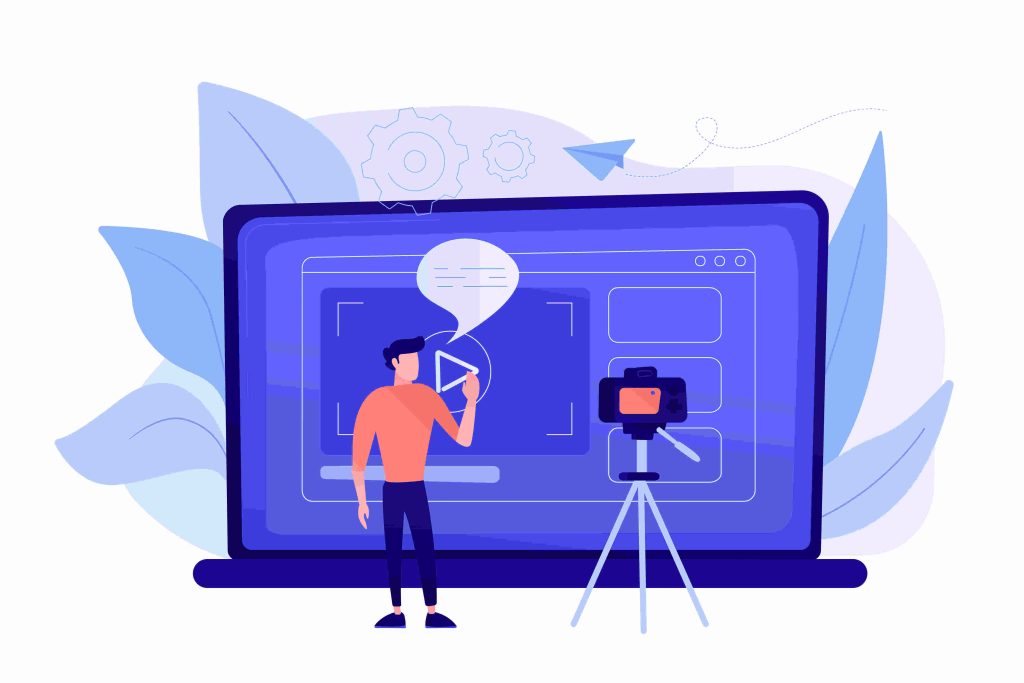
Short-form video content is poised to dominate the digital advertising landscape as a prominent trend. With the rise of platforms like Instagram Reels, Youtube shorts and Snapchat, short videos have become a preferred medium for businesses to engage with their target audience effectively.
Short-form videos, typically lasting anywhere from a few seconds to a minute, offer a concise and attention-grabbing way to convey brand messages. They provide an opportunity to capture viewers’ attention in a fast-paced digital environment and deliver impactful content in a limited timeframe.
One of the key advantages of short-form videos is that it encourages creativity and allows businesses to showcase their brand personality in a succinct manner. Brands can leverage engaging storytelling, visual effects, and music to create captivating videos that resonate with their target audience. To embrace this trend, businesses should focus on creating visually appealing and attention-grabbing short-form videos that align with their brand identity.
Influencer Marketing Wave
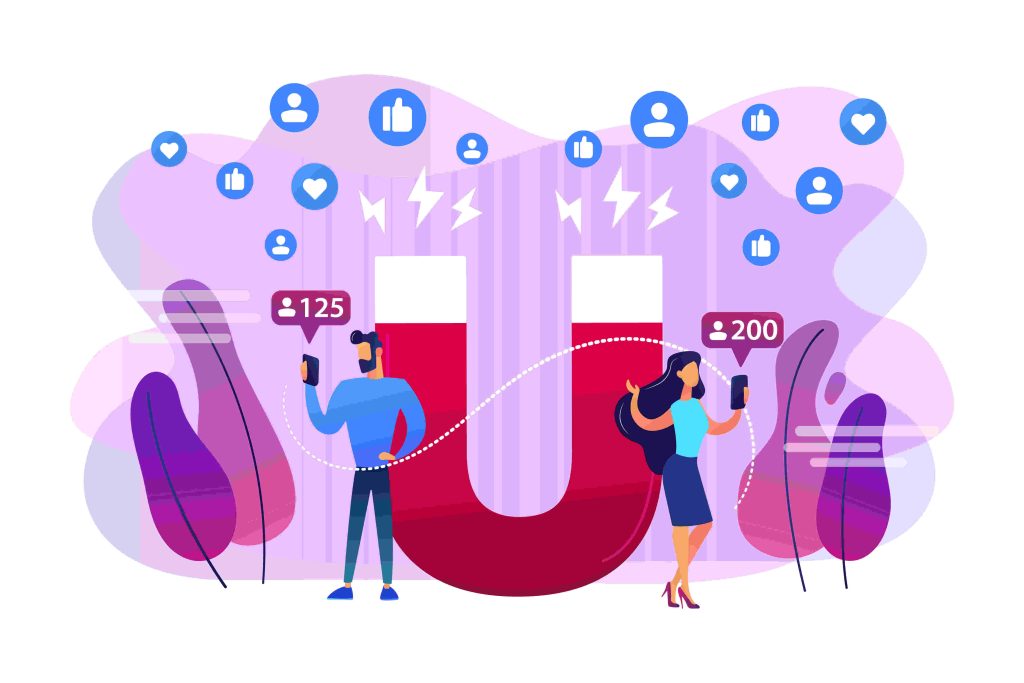
Influencers are no more a homogenous group of individuals with a humongous number of followers. They have been successful in expanding their domain beyond just content creation and have gradually become a brand themselves. While the young generations appear to be largely swayed by social media influencers, businesses need to be aware of emerging trends in order to make sure their campaigns remain relevant and effective. According to India’s Influencer Marketing Industry Report by Exchange4media and GroupM, over 400 Mn Indians had access to social media before the pandemic.
And undoubtedly, this number has already skyrocketed and there has also been a significant shift in consumer behavior.
Here are the top 4 categories that have contributed the most to influencer marketing campaigns; F&B (20%), Personal Care (25%), Fashion & Jewellery (15 %), and Mobile and electronics (10%), and all of these have contributed to approx 70% ad volume of influencer marketing.
You might not be surprised to know that celebrities contribute just 27% while influencers contribute 73% to the ad space and over two-third of the Indian population follows an influencer. With the right strategy and execution, influencer marketing can be a valuable asset for any business looking to expand its reach and grow its brand.
Voice Search Optimization

Voice Search Optimization is a crucial aspect of digital marketing in 2024. With the rise of voice-activated devices and virtual assistants like Siri, Alexa, and Google Assistant, more and more consumers are using voice commands to search for information and interact with technology. This shift in search behavior necessitates businesses to optimize their online presence for voice search.
To effectively optimize for voice search, businesses should focus on several key strategies. First, it’s essential to understand the natural language patterns and conversational queries that users employ when using voice search. Incorporating long-tail keywords and conversational phrases into website content can help match these voice search queries.
Secondly, optimizing for featured snippets is crucial. Voice assistants often provide concise answers from featured snippets, so structuring content in a way that provides clear and direct answers to common questions can increase the chances of being featured.
Furthermore, ensuring that website pages load quickly and are mobile-friendly is essential. Voice searches are often performed on mobile devices, and users expect quick and relevant results.
Additionally, businesses should claim and optimize their listings on platforms like Google My Business, as voice searches often seek local information, such as nearby businesses or services.
By prioritizing voice search optimization, businesses can enhance their online visibility, improve user experience, and stay ahead of the curve in an increasingly voice-activated digital landscape.
Multichannel Programmatic Advertising
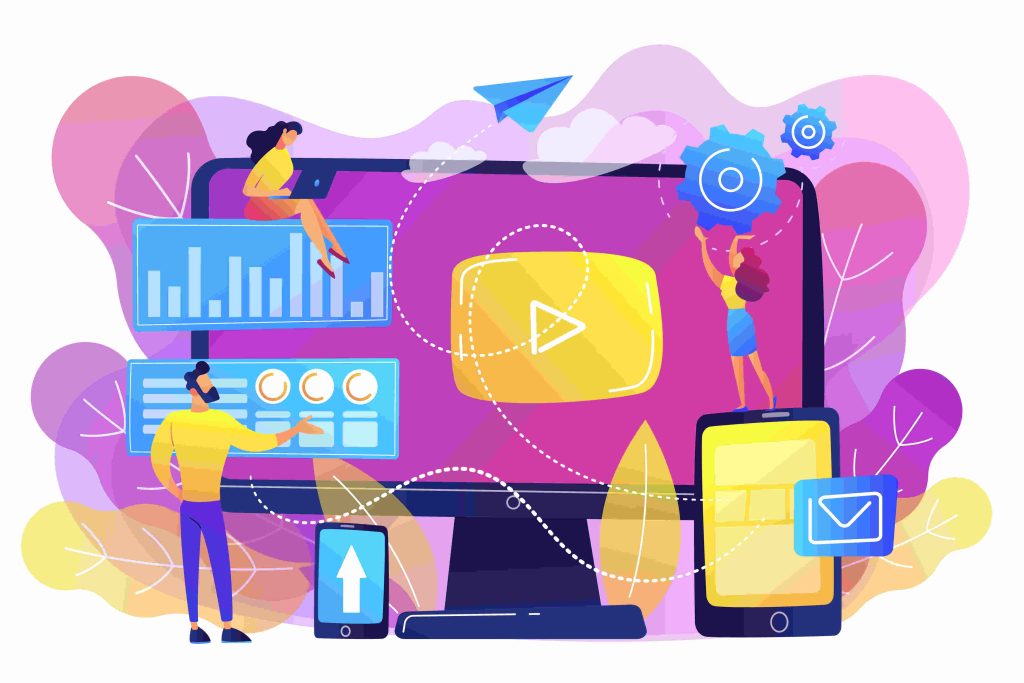
Multichannel programmatic advertising offers numerous advantages for brands aiming to connect with their target audience. Firstly, it allows for a cohesive brand story to be told throughout the entire marketing funnel. By utilizing programmatic across different channels, brands can ensure consistent messaging and experiences, reinforcing their identity and increasing brand recognition.
Another significant benefit is the ability to reach shoppers who are active on specific channels. Not all consumers engage with every channel, and by employing multichannel programmatic advertising, brands can expand their reach and target individuals who are most likely to be receptive to their message. This personalized approach increases the chances of engagement and conversion.
Several statistics highlight the positive impact of multichannel programmatic advertising:
- A survey reveals that 19% of advertisers are increasing their programmatic spend due to better ROI and performance.
- 52% of marketers acknowledge that multichannel advertising allows their brand to reach consumers on their preferred channel, enhancing customer satisfaction.
- Advertisers recognize the importance of multichannel advertising, with 41% stating that it is extremely important throughout the entire marketing funnel.
- 60% of marketers report that their multichannel campaigns consistently meet or exceed their Key Performance Indicators (KPIs).
Augmented Reality (AR) Experiences

Brands have always strived to captivate their audience with compelling narratives, and AR takes that to the next level. With AR experiences, brands can immerse you in their stories, transporting you to different worlds and evoking genuine emotions. It’s not just an advertisement; it’s an adventure, a journey that resonates with you on a deeper level. Whether it’s exploring a virtual paradise, trying on virtual fashion, or solving a virtual mystery, AR creates an unforgettable experience that you won’t easily forget.
But perhaps one of the most exciting aspects of AR in 2024 is its potential for personalized and targeted advertising. Brands can utilize data and insights to deliver tailored AR content that speaks directly to your preferences, location, and behaviors. Imagine receiving an AR experience that feels tailor-made just for you, with content that matches your interests and needs. It’s like having a personal concierge who knows exactly what you’re looking for, right at your fingertips.
Below mentioned are few data points that will help you understand Augmented Reality impact in a better way

There will be an estimated 1.73bn active devices (smartphone apps and other devices) using AR by 2024.
While phones are the key to augmented reality in the immediate future, creating headsets which are light, cost-effective and unobtrusive is essential for widespread consumer adoption. By next year, Statista anticipates that global AR headset shipments will reach over 30m units — over twelve times the number shipped in 2020.
Data-driven Personalization
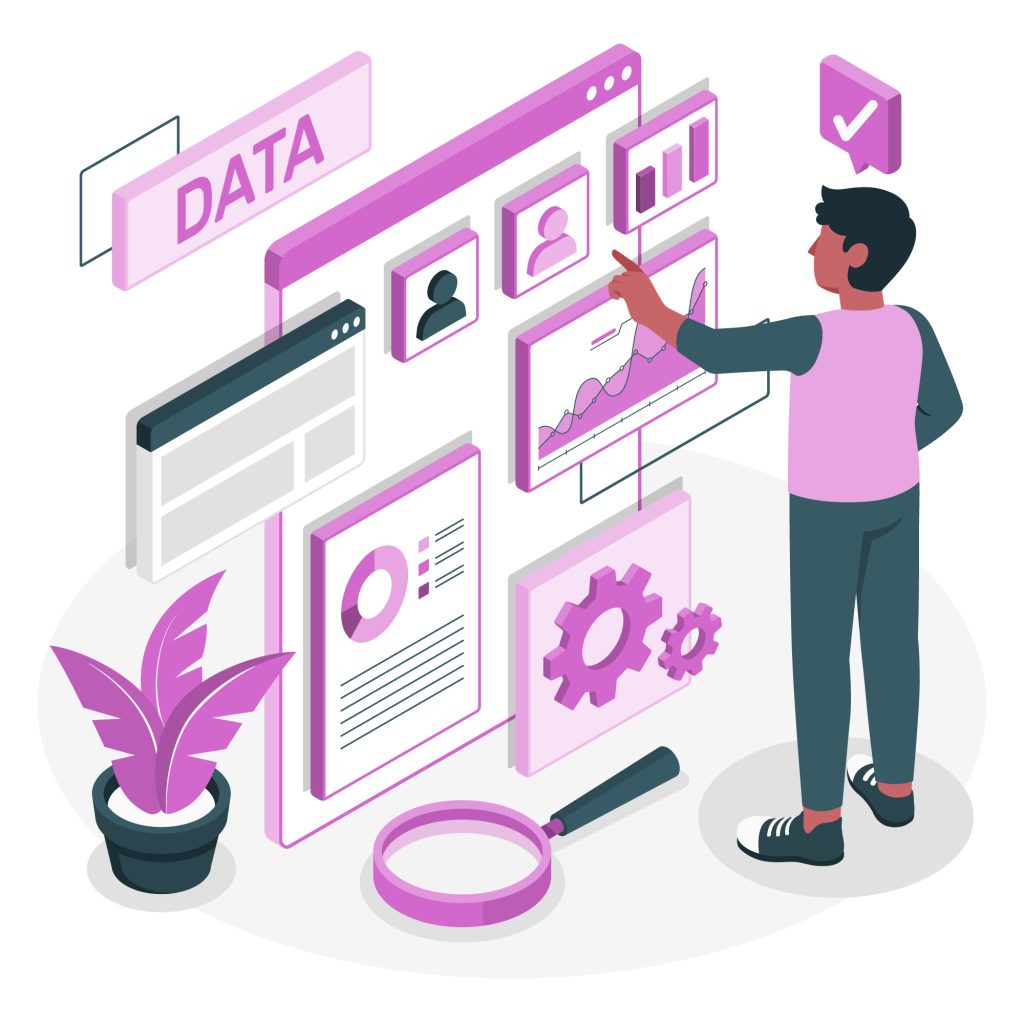
Data-driven personalization is a powerful approach in modern marketing that enables businesses to deliver personalized experiences and tailored content to their target audience. By harnessing the wealth of data available today, businesses can gain insights into customer preferences, behaviors, and needs, allowing them to create highly relevant and engaging experiences.
At the core of data-driven personalization is the collection and analysis of customer data from various touchpoints. This data can include demographic information, purchase history, browsing behavior, social media interactions, and more. By aggregating and analyzing this data, businesses can uncover patterns, trends, and individual preferences that help them understand their customers on a deeper level.
With these insights in hand, businesses can then create personalized experiences across different channels. This can range from personalized product recommendations based on past purchases to customized email campaigns that address specific customer interests. By tailoring content and experiences to each individual, businesses can enhance customer engagement, build loyalty, and drive conversions.
Data-driven personalization also extends to website personalization, where businesses can dynamically display content based on user behavior and preferences. For example, a clothing retailer might showcase recommended products based on a user’s browsing history or display location-specific promotions to enhance relevance and increase the likelihood of conversion.
Micro-moments Advertising
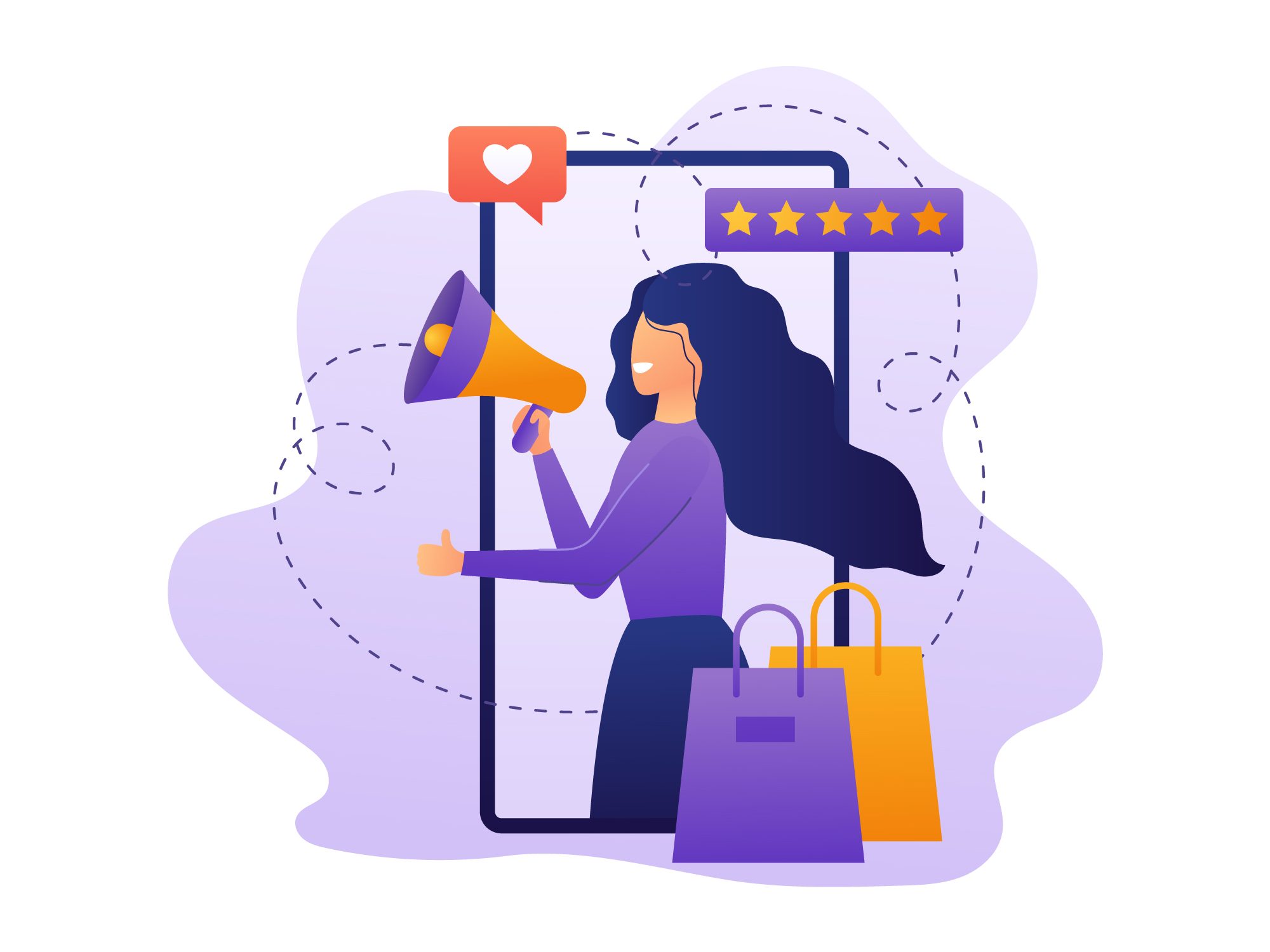
Micro moment advertising is the opportunity to make a lasting impact in those critical moments when consumers turn to their devices for information, inspiration, and adventure. This revolutionary approach to advertising revolves around understanding and capitalizing on the four key micro-moments: I-want-to-know, I-want-to-go, I-want-to-do, and I-want-to-buy.
In the realm of I-want-to-know micro-moments, brands can seize the opportunity to provide valuable and informative content. By crafting engaging articles, blog posts, or videos that answer common questions and address user’s curiosity, brands can position themselves as trusted sources of knowledge. By being present in these moments, brands can build awareness and establish credibility, even if immediate purchases are not the primary goal.
Next up are I-want-to-go micro-moments, where users are actively searching for specific local businesses or destinations. Brands can capitalize on these moments by optimizing their online presence, ensuring accurate and up-to-date information across various platforms. Leveraging location-based targeting and offering personalized recommendations, brands can guide users to their physical locations, increasing footfall and driving conversions.
I-want-to-do micro-moments open doors for brands to provide practical guidance and assistance. By creating informative and instructional content, such as how-to videos, step-by-step guides, or interactive tools, brands can position themselves as valuable resources. This positions them as helpful partners in consumers’ journeys, fostering trust and loyalty.
Finally, the most impactful micro-moments for online marketing are the I-want-to-buy moments. During these crucial moments, customers are ready to make a purchase but may need that extra nudge or assistance. Brands can seize the opportunity by providing personalized recommendations, offering compelling product descriptions, showcasing customer reviews, and streamlining the purchasing process. By being present and supportive, brands can influence decisions and increase the chances of conversion.
In 2024, brands that understand the power of micro-moments advertising have a competitive edge. By delivering relevant, timely, and personalized content in these intent-rich moments, brands can connect with their audience on a deeper level, increase engagement, and drive conversions. So, gear up for the micro-moments revolution and position your brand to shine in the digital advertising landscape of 2024.
Enhanced Measurement and Attribution
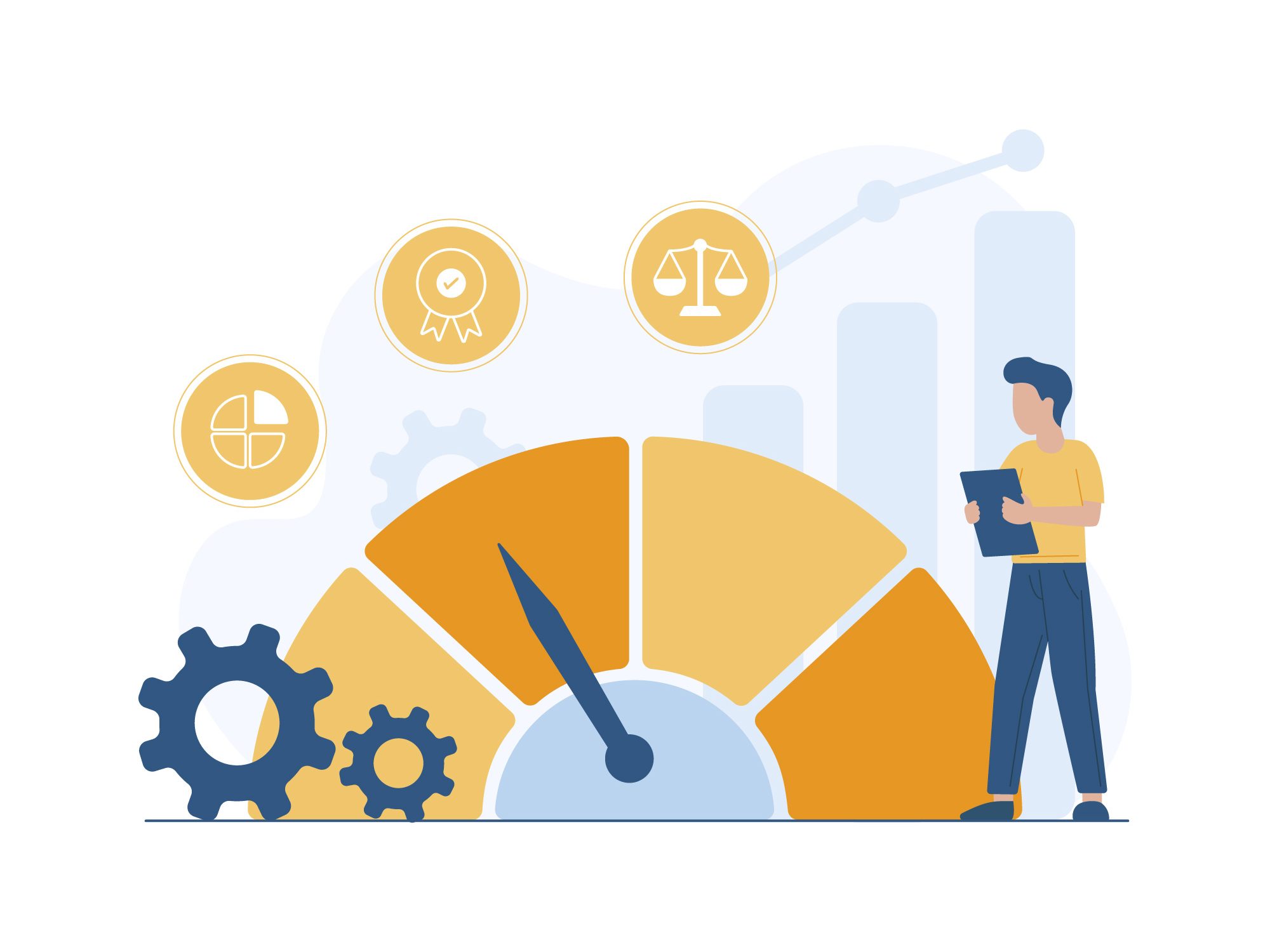
In the ever-evolving world of digital marketing, enhanced measurement and attribution play a vital role in understanding the effectiveness of advertising campaigns and making informed decisions. With advancements in technology and data analytics, businesses now have access to more sophisticated tools and methodologies to measure and attribute the impact of their marketing efforts accurately.
If you’re currently utilizing Google Analytics for tracking website data, it’s important to be aware of the upcoming switch to the newest version, GA4. Google has officially announced that GA4 will fully replace Google Analytics Universal starting from July 1, 2024.
If you’re still relying on the old version of Google Analytics, now is the perfect time to test and explore the new iteration. You can easily install GA4 on your website and start familiarizing yourself with its interface and features. To aid in the transition, there are numerous free and paid courses available that can provide expert guidance and support in navigating the new platform.
Alternatively, you may also consider exploring other analytics alternatives. While many of these options may come with a price tag, they often offer additional functionalities and features that are not available in the Google Analytics tool. Before making a decision to switch, it’s crucial to ensure that the alternative tool is compliant with the latest data protection regulations, such as the General Data Protection Regulation (GDPR), to safeguard the privacy and security of user data.
Keep in mind that staying updated with the latest version of Google Analytics or exploring other analytics alternatives can provide you with valuable insights and enhance your ability to track and analyze website performance effectively. So, embrace the switch to GA4 or explore alternative options to optimize your data analytics practices and stay in compliance with relevant data protection regulations.
Conclusion
In conclusion, the digital advertising landscape is poised for exciting transformations in 2024. The top 10 trends we’ve explored in this blog demonstrate the continuous evolution of technology, consumer behavior, and marketing strategies. From the rise of AI-powered advertising and voice search optimization to the increasing significance of privacy-conscious advertising and immersive experiences like AR, these trends provide a glimpse into the future of digital advertising.
As businesses adapt to these trends, they have the opportunity to connect with their target audience on a deeper level, drive engagement, and achieve better ROI. Embracing data-driven strategies, leveraging the power of video and visual content, and prioritizing mobile-first experiences will be key to success. Additionally, staying alongside emerging technologies, such as programmatic and influencer marketing, can provide a competitive edge in a rapidly changing landscape.

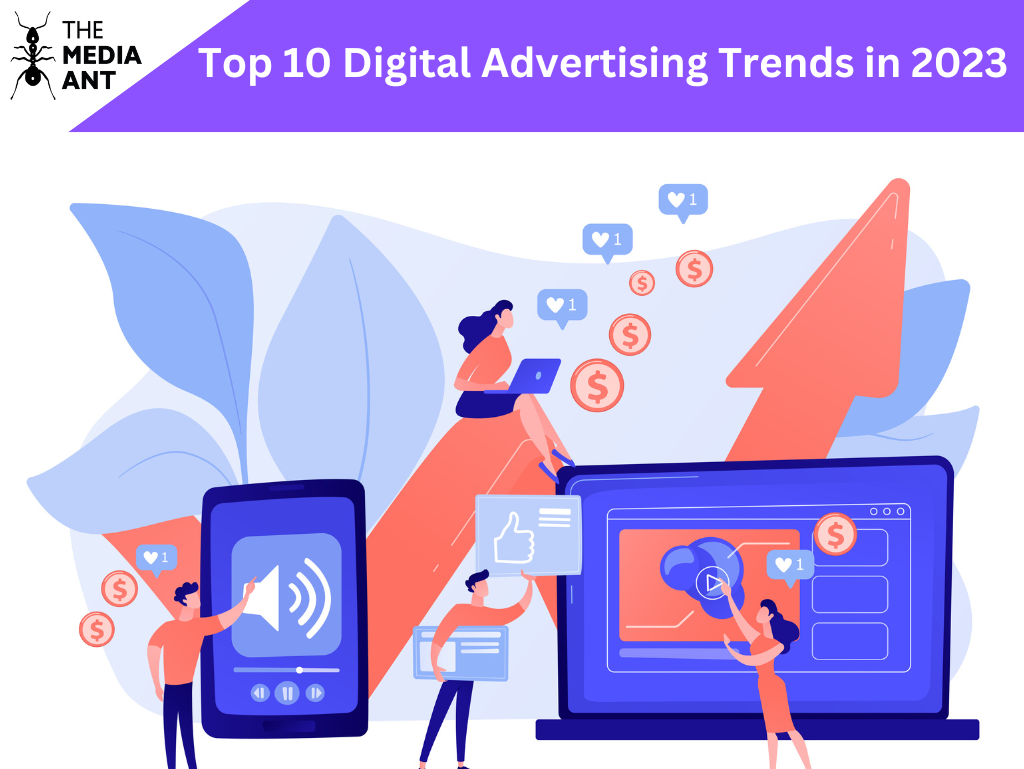
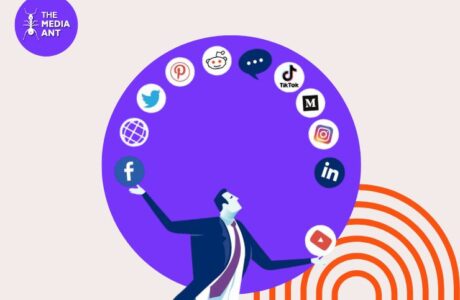
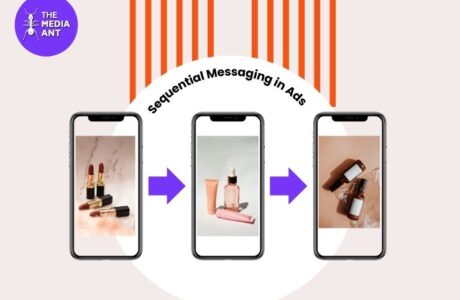
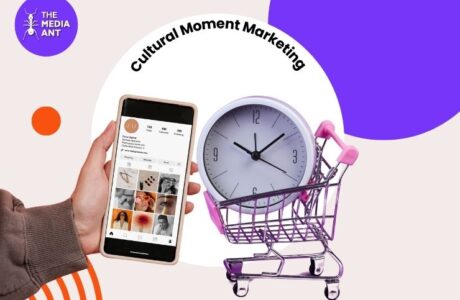

very informative, thanks for sharing
Thank you for reading!